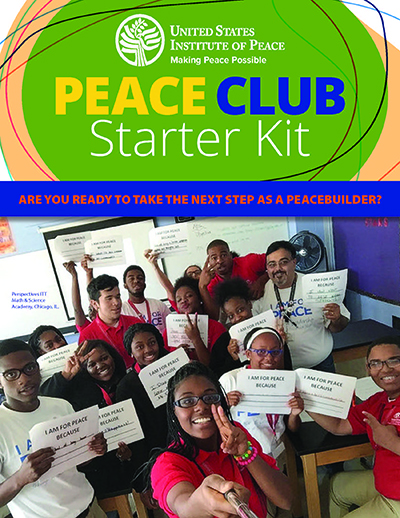Get Organized!
“If you want to go fast, go alone; if you want to go far, go together.” – African Proverb
The first step in creating a successful Peace Club is talking through, as a group, why you are each committed to being peacebuilders. Then, you may wish to turn that into a written commitment to working for peace locally and globally.
At your first meeting, share and get inspired!
Encourage all club member to participate in a conversation to lay the groundwork for your future plans. Key questions to answer include:
- Why you are here: Why do you want to be part of a Peace Club? What does peace mean to you? Why does it matter that young people work for peace? What do you think you have to offer?
- Set your goals: What do you hope to learn and do as a Peace Club?
- How you want to operate: How often and where will you meet? Do you need a teacher or other adult to sponsor and mentor your work? Do you want to stay in touch with each other on Facebook or another way?
Declare your commitment!
Write a charter, pledge or statement of purpose for your Peace Club. This is your chance to describe your commitment and vision, and it can also be shared with others who want to learn more about your work.
- Articulate WHY, HOW, and WHAT: Why does peace matter to your group? How will you pursue peace? What actions and attitudes will you uphold in your work to build peace? What do you hope to achieve?
- Consider having the group sign it; post it somewhere to refer to later.
